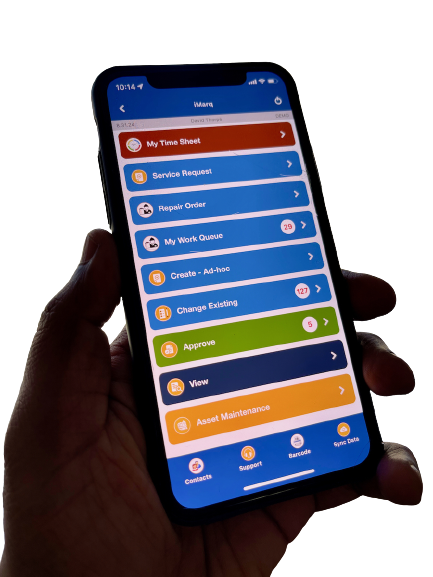Assets are not merely physical and digital items—they are collections of data points that require meticulous tracking, reporting, and analysis. Asset reporting is an essential step in the asset management process, providing business leaders with the insights and information needed to make informed decisions.
Understanding the Benefits of Asset Reporting
- Improve Asset Life Cycle Management
By maintaining up-to-date information that accounts for asset depreciation, you can anticipate when maintenance, replenishment, or offloading of assets will be required. This proactive approach allows for more precise budgeting and strategic planning for upgrades and replacements, enhancing operational efficiency.
- Ensure Accuracy
Asset reports are crucial for accuracy. Keeping a current report of all assets is essential for any organization, big or small, ensuring everything is accounted for, nothing is misplaced, and replacements are procured quickly if needed.
This is particularly important for businesses with multiple locations, departments, and teams, as it can make managing assets more complex. A comprehensive inventory allows for effortless tracking of the status and location of assets, aiding in maintaining maximum efficiency.
- Reduce Maintenance Expenses
Asset reports help in reducing maintenance expenses by providing an up-to-date view of asset performance and condition, enabling more efficient planning and budgeting for maintenance. This ensures you are not overspending or neglecting any assets, which leads to prolonged asset life cycles.
- Gain Insight into Performance
Asset reporting provides insights into asset performance by tracking key performance indicators such as total cost of ownership. This allows for a better understanding of how your assets are performing and where improvements can be made, enabling more informed decisions about future investments and ensuring optimal performance.
Types of Asset Reports
- Financial, Accounting, and Audit: These reports are essential for preparing data for auditors and provide information regarding the financial structure of your assets, including income expenses (purchase price), current valuation, asset depreciation, and disposal costs associated with aging assets and maintenance work.
- Asset Portfolio Health: Whether you own, lease, or rent your assets, it’s crucial to have access to all asset data in one place, which is foundational for good asset management. This applies equally to small businesses with fewer than 1000 assets on-site and large organizations with over 100,000 assets across multiple sites.
- Asset Tracking & Allocation: Inventory reporting and asset allocation reports are primarily used with fixed and physical (tangible) assets. They provide information on globally distributed assets, historical asset location, assigned users, stock purchasing details, MRO inventory, and spare parts stock levels. These reports ensure that stock, goods, and equipment are all being utilized to their fullest.
- Lifecycle Management: Asset lifecycle reports are vital for understanding and improving asset lifecycle management. These reports rely heavily on the accuracy of portfolio data and display detailed information regarding an asset’s purchase data (planning and acquisition), operational output, maintenance history, and disposal plan.
- Asset Maintenance: Asset maintenance and operations are intertwined within the most important stage of an asset’s lifecycle. Generating detailed maintenance reports keeps maintenance teams and asset managers informed about the efficiency of assets, providing insights into optimal performance windows, running costs, and preferred maintenance strategies.
Leveraging Asset Management Software to Generate Reports
The type of asset reports you need will depend on your specific assets and the critical information needed for monitoring and evaluating them. Obtaining asset data should be quick, easy, and hassle-free, which helps to free up your time to concentrate on other areas of your asset management.
The data accessed should also be comprehensive and informative enough to help improve strategic decisions within the business. The best way to achieve this is with Asset Management Software, which delivers the features and capabilities to digitalize all asset data and automatically generate asset reports when needed.





